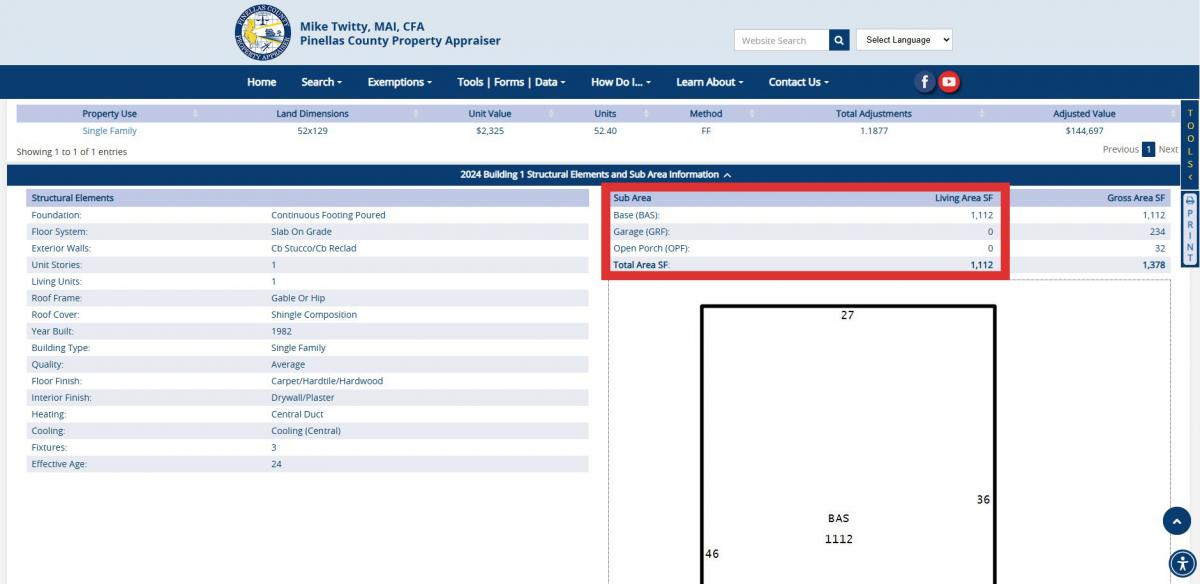Repair or Replace Calamity Damaged or Destroyed Property
My home flooded due to a Hurricane. Will my property's assessed value increase if I repair or rebuild my home?
Under Florida Law, if a property is damaged or destroyed by misfortune or calamity after the damage or destruction occurs, the property owner may continue the homestead exemption. The calamity provision in Florida Law protects property owners from an increase in their assessed value following a catastrophe when repairing/rebuilding their property. The owner must notify the Property Appraiser that they intend to repair or rebuild the property and use the property as the primary residence following the completion of repairs. Review the scenarios below to better understand how this may impact your property taxes:
- Elect not to rebuild - If homesteaded, the exemption will be removed on the January 1 following the damage and the property owner will have the 3-tax year statutory window to port (transfer) any Save-Our-Homes (SOH) assessment differential to a new homestead. Properties without a homestead will maintain the 10% non-homestead cap.
- Repair - Property owner makes necessary repairs and reoccupies the property. No impact to the assessed value cap. Please note: FEMA and Florida Building Code may require elevation of residential structures if they are located within a Special Flood Hazard Area and the cost of repairs equals or exceeds 50% (or 49%) of the depreciated value of the structure.
- Elevate & Repair or Rebuild (flooded properties) - If the property owner elevates (lifts) the lowest living level of the structure above base flood elevation, converts the at grade level from living to parking/storage/access and builds above, or builds a new code compliant structure, the improvements that are elevated will remain under the cap if they do not exceed 110% of the original structure’s living area or 1,500 SF, whichever is greater. In addition, the value of the newly constructed subarea(s) at grade level will not be added above the assessed value cap if the at grade area does not exceed 110% of the original living area that was elevated and is only used for parking, storage or access. For the purpose of the calamity calculation, the square feet of living area includes the heated/cooled areas of the original structure (Subareas: BAS, BSF, USF in all homes and LAF in homes built prior to 1975). Affected property owners have 5 years from the January 1 following the damage or destruction of the property to commence the changes, additions, or improvements. The commencement date is triggered by pulling a building permit.
- Below explains how we determine when square footage exceeds the 110%:
- All areas of a structure designated as either BAS, BSF, USF in all homes and LAF in homes built prior to 1975, are added together and multiplied by 1.10 to arrive at the living area allowed without going over the assessed value cap. Any area in excess of the 110% figure would be added as new construction above the capped (assessed) value and would increase the property taxes owed.
- The square footage of each subarea can be found on our website (https://www.pcpao.gov) by searching for the property and navigating to the Building Information section on the Property Details page. See the example (Ex:1) below.
- Below explains how we determine when square footage exceeds the 110%:
- Ex:1

If you have more questions regarding storm damage, please visit our Storm Damage FAQs page.

